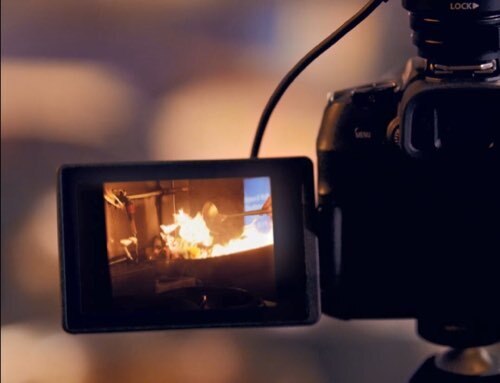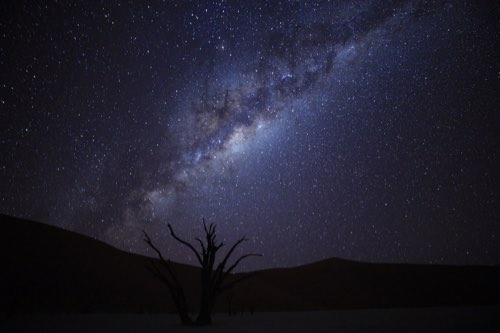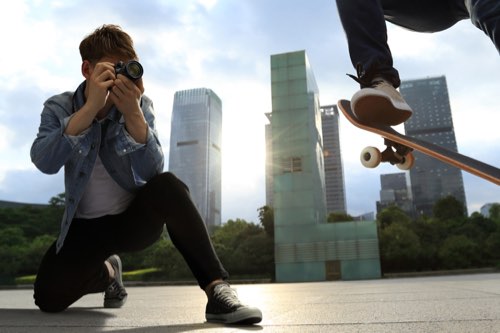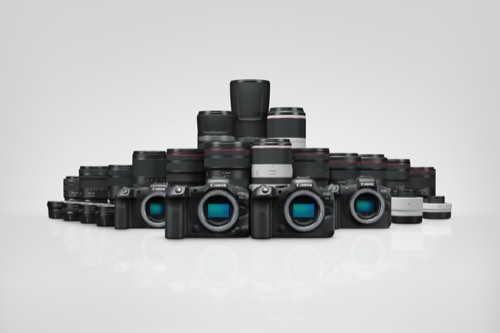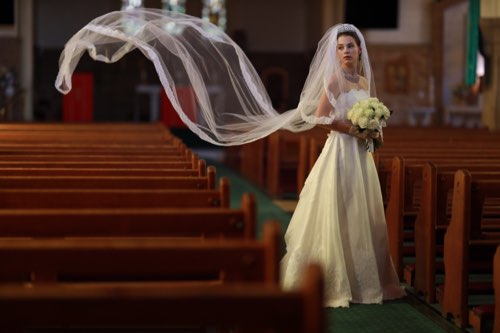With its combination of a small size, large maximum aperture, and very usable 28 to 70mm standard focal range, the RF28-70mm f/2.8 IS STM combines many ideal lens features. Maiko Fukui took it to the streets and not only had a wonderful experience, but was also delighted by the excellent image quality. Here are her impressions. (Reported by Maiko Fukui, Digital Camera Magazine)

Size and weight
The first time I picked up the RF28-70mm f/2.8 IS STM, I couldn’t believe it was an f/2.8 constant aperture zoom lens.
Featuring a sleek design with few protrusions, it is substantially smaller than Canon’s L-series standard zoom lenses like the RF24-105mm f/4L IS USM and RF24-70mm f/2.8L IS USM, and easily slides into a camera bag. It is versatile enough to be the lens that lives on your camera, but its portability also makes it perfect to bring along as a “just-in-case” standby lens on the days you plan on using a prime lens as your main!
Check #1: Is it really that compact?
The RF28-70mm f/2.8 IS STM is astonishingly small for an f/2.8 zoom lens. Its combination of speed, high portability, and zoom benefits is perfect for walkarounds!


The lens’ compact size is partly due to its retracting barrel design. At the 28mm end, the barrel extends by about 2cm; at 70mm, the extension is about 4.7cm. Having to extend the barrel before you can start shooting might be a slight hassle, but the resulting portability is worth it.

EOS R6 Mark II/ RF28-70mm f/2.8 IS STM/ FL: 28mm/ Aperture-priority AE (f/2.8, 1/160 sec)/ ISO 200/ WB: 8,000K (A6, G1)
A composition that makes use of the natural depth of the alley, with the t-shirt on the mannequin as the main subject. The f/2.8 maximum aperture made it possible to blur out the background including the bicycle passing by.

EOS R6 Mark II/ RF28-70mm f/2.8 IS STM/ FL: 70mm/ Aperture-priority AE (f/8, 1/40 sec, EV0)/ ISO 640/ WB: 8000K (A6, G1)
Here, I used f/8 to keep the cat artwork sufficiently sharp and in focus, and composed to give the back alley feel. The RF28-70mm f/2.8 IS STM's 70mm end captured both the artwork and building with straight lines and minimal visible distortion.
Bokeh
The rendering quality at f/2.8 was better than I had expected: the sharpness of the in-focus plane was very well-balanced with the smoothness of both the foreground and background bokeh. It’s astonishing to be able to achieve such clean bokeh in a zoom lens of this size.
The RF28-70mm f/2.8 IS STM has a relatively short closest focusing distance of 27cm at the 28mm end during AF, so you can easily achieve significantly blurry background bokeh even when shooting close to your subject.

EOS R6 Mark II/ RF28-70mm f/2.8 IS STM/ FL: 28mm/ Aperture-priority AE (f/2.8, 1/125 sec, EV+0.7)/ ISO 400/ WB: Auto (B4, G2)
An intricately crafted ornament. I turned the handrails into foreground bokeh and used them as a sub-frame to create a sense of depth. The bokeh was as smooth and creamy as I had envisioned, helping to focus attention on the ornament. The lens’ colour rendering is natural without too much saturation—just as you’d expect from Canon.
Check #2: How is the bokeh?

(A) Foreground bokeh


(B) Background bokeh


The RF28-70mm f/2.8 IS STM creates smooth foreground and background bokeh. The seamless falloff of the f/2.8 background bokeh is classically Canon. The dimensionality at maximum aperture is a given, but you also get a splendid balance between subject sharpness and background bokeh intensity when shooting f/4 at short telephoto focal lengths such as 70mm.
Image quality
Although not part of the professional L-series lineup, the RF28-70mm f/2.8 IS STM delivers optical quality on par with the RF24-105mm f/4L IS USM. Stopping down the lens to f/8 results in amazing clarity and excellent resolution even in the corners. In fact, the lens’ rendering is clean and clear throughout the entire zoom range.
Check #3: Image quality

Centre


Edge


These images were shot on the EOS R6 Mark II at the 28mm end. There is very little difference between f/2.8 and f/8 at the image centre. Corner sharpness improves when the lens is stopped down. The entire image is clear and free of distortion or vignetting from the centre to the edges.

EOS R6 Mark II/ RF28-70mm f/2.8 IS STM/ FL: 70mm/ Aperture-priority AE (f/2.8, 1/3200 sec,)/ ISO 200/ WB: Auto
I thought the sky was pretty and decided to snap a picture. The resulting image is sharp to the corners with no visible distortion. It’s easy to lose shadow detail in a high-contrast situation like this, but the shadow tones are preserved and rendered with smooth transitions. One of the best things about using a zoom lens is being able to frame the image the way you feel!
Handling and image stabilisation
The RF28-70mm f/2.8 IS STM looks less sleek and feels slightly less robust compared to the L-series lenses. However, it is compact and balances very well with the EOS R6 Mark II, which I used for the shots in this article.
On its own, the lens can achieve up to 5.5 stops’ image stabilisation in the image centre; the f/2.8 maximum aperture allows you to avoid extremely high ISO speeds at night. These provide ample peace of mind for handheld shots in dark conditions.
Summing up: A lens that expands creative possibilities
The RF28-70mm f/2.8 IS STM’s portability, expressive capability, and excellent bokeh will make getting creative on shoots even more delightful than ever. I daresay it’s one of the best Canon RF mount standard zoom lens choices currently available.
More images

EOS R6 Mark II/ RF28-70mm f/2.8 IS STM/ FL: 28mm/ Aperture-priority AE (f/2.8, 1/1000 sec, EV+0.7)/ ISO 500/ WB: 8,000K (A6, G1)
The 28mm field of view is very convenient for casual snapshots. Here, it’s just enough to capture the retro-looking shopping arcade while bringing out the diagonals.

EOS R6 Mark II/ RF28-70mm f/2.8 IS STM/ FL: 70mm/ Aperture-priority AE (f/2.8, 1/250 sec, EV-1.0)/ ISO 500/ WB: 8,000K (A6, G1)
I blurred out the lanterns nearest to me to emphasise the telephoto zoom-in effect. Though it was getting dark, the f/2.8 maximum aperture allowed me to keep the shutter speed fast enough to shoot confidently handheld.
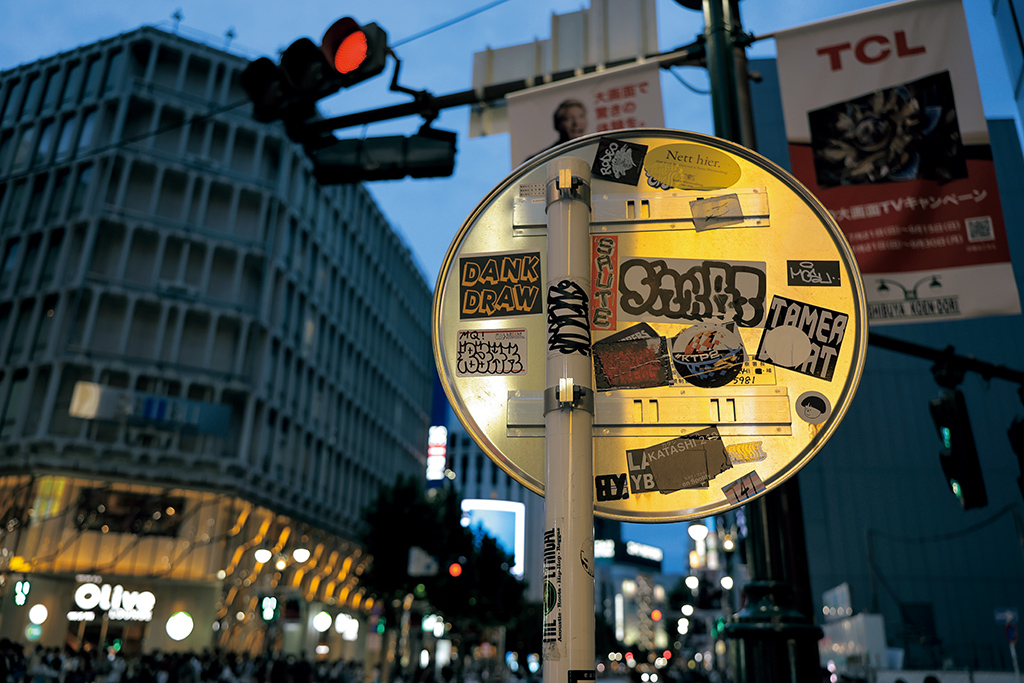
EOS R6 Mark II/ RF28-70mm f/2.8 IS STM/ FL: 28mm/ Aperture-priority AE (f/2.8, 1/200 sec, EV0)/ ISO 800/ WB: Auto (A6, G1)
Lights from a passing vehicle flickered over this sticker-filled sign, making it seem to glow. 28mm captured the atmosphere in the background, while f/2.8 blurred the context just enough to keep our attention on the sign.
Attached to the EOS R6 Mark II

RF28-70mm f/2.8 IS STM: Key specifications

Lens construction: 15 elements in 12 groups
Closest focusing distance: 0.27m (at 28mm with AF), 0.24m (at 28mm with MF)
Maximum magnification: 0.24x (at 70mm)
No. of aperture blades: 9
Minimum aperture: f/22
Filter diameter: 67m
Size: φ76.5 x 92.2mm (retracted)
Weight: approx. 495g
Want to learn how to maximise your f/2.8 zoom lens? See our Master Your f/2.8 Zoom Lens series:








